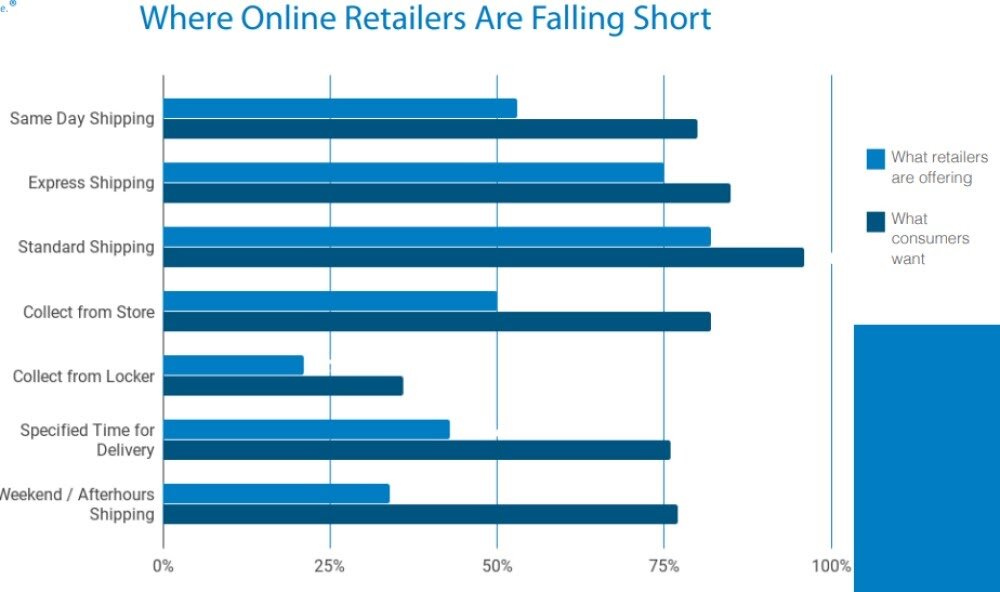What is an Order Management System (OMS)?
You should see by now – if you didn’t know already – that modern order management is no straightforward task. The days of buying the correct products, marketing them, and letting everything else take care of itself are long gone.An OMS is a method by which firms handle this vital business process. It can be any tool, platform, or structure to track and control all the elements of the process detailed earlier.
Your OMS often handles sales, inventory, and fulfillment. That’s why an order management system is so critical. Now that you understand the basic order management system definition, we’ll dig into the details of what it does. This will help you answer that nagging question: What is order management system software used for?

How does an Order Management System (OMS) Work?
An Order Management System (OMS) starts by offering comprehensive visibility into available inventory across your warehouses, brick and mortar stores, and third-party suppliers, such as 3PL (third-party logistics) firms and drop-ship locations. This visibility allows for efficient inventory planning and management.Once an order is received, the OMS facilitates the entire fulfillment process. It captures, validates, and releases orders, ensuring accuracy and completeness. The OMS includes pick, pack, and ship functionality, including support for drop-shipping. It generates shipment confirmations and facilitates customer communication to keep them informed about their order status.
Furthermore, a robust OMS seamlessly integrates with payment systems, making it easy to process payments and synchronize data with financial systems. This integration ensures smooth financial transactions and accurate accounting.
In the event of a product return, a comprehensive OMS streamlines the process. It establishes rules for handling returns from all channels, facilitates exchange requests, credits the customer account, and manages the entire dispositioning process.
By encompassing these functionalities, an OMS enables businesses to efficiently manage the entire order lifecycle, from inventory planning to fulfillment, payment processing, and returns management.
Features of Order Management Software
From real-time inventory visibility to efficient order capture and validation, seamless integration with sales channels, and streamlined returns management, an OMS offers a wide range of key features that empower businesses to optimize their order management processes. Let’s explore the key features of an OMS in more detail:
These key features make an OMS an essential tool for businesses to efficiently manage their orders, inventory, and fulfillment processes, ultimately improving operational efficiency and customer satisfaction.

Benefits of Order Management System
No matter the size or nature of your business, an OMS must fulfill certain functions. How complicated it is to do so depends on your firm and the level at which you operate. That’s why some companies need a more comprehensive system than others. But we’ll talk more about that later.
Challenges of an Order Management System
Challenges of an Order Management System (OMS) can arise despite advanced software solutions. Here are some common hurdles and advice on how to address them:
Order Management System Examples
So far, we’ve outlined the functions and benefits of order management systems, and taken you through a few examples of software solutions in this area.
By now, you’re thinking, “This all sounds great, but how does an OMS actually work?”. Before you allocate any budget to OMS investment, you want to understand what you’d actually be paying for. Plus, you’ve got to justify to finance managers that order management spending is a better way forward than simply improving existing manual processes or re-allocating staff, for instance.
There are actually a few different types of order management systems, so we’ll take a look at how each one works individually:
Introducing Brightpearl: The #1 Retail Operating System
When it comes to Retail Operating Systems, one solution stands out above the rest: Brightpearl. As a purpose-built Retail Operating System, Brightpearl is specifically designed to automate and streamline all aspects of back-office operations. From inventory and order management to warehousing, fulfillment, shipping, purchasing, and accounting, Brightpearl handles it all. Here is how Brightpearl fuels your business growth.
How to Choose Order Management System
Considering all the above, you’re ready to select your order management system software. Precisely how, though, do you go about doing so? If you follow these straightforward steps, you won’t go far wrong:
OMS – The Key Takeawaysm
So, there you have it. You now know everything you could possibly need about order management systems. We did warn you that it was going to be a definitive guide! Just in case you didn’t read every single word, here are the key takeaways:
- The order management process is a long and complicated one. It encompasses a sale, warehouse management, inventory, shipping and fulfillment, and more.
- Businesses have lots of OMS options. They include manual order management, standalone software, or a more comprehensive platform.
- Companies can choose between manual order management, standalone software, or a more comprehensive platform.
- Getting the right OMS in place delivers many benefits. They include better scope for automation, fewer errors, and superior customer experience.
- As long as you understand what you need from an OMS, it’s easy to find the right one for you. Define your objectives at the outset. Then, work closely with your chosen vendor throughout implementation.

